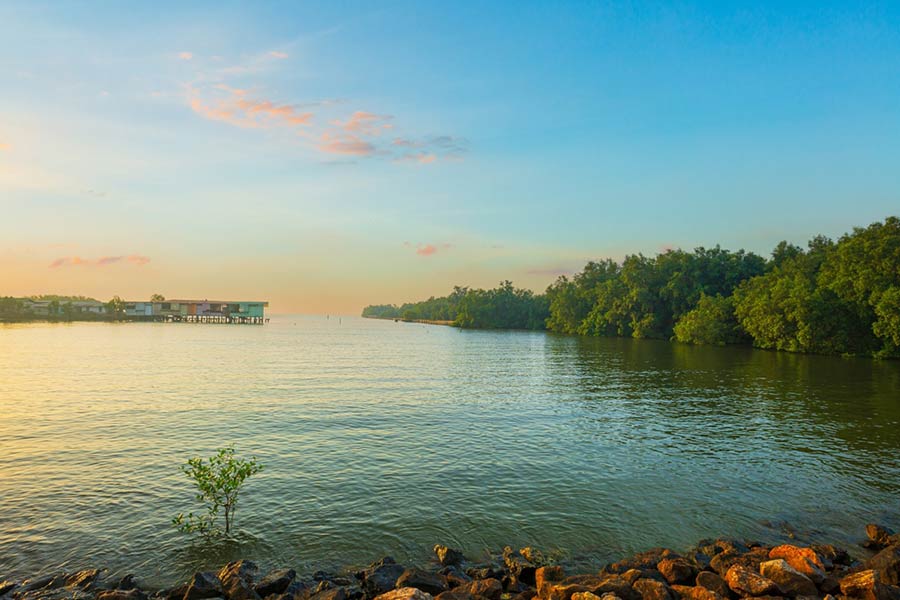The lush, mysterious terrain of the Sunderbans is set to get a new museum nestled in the heart of the world’s largest mangrove delta.
The Sunderban Museum, to be inaugurated in the next three months, will be a cultural and ecological archive dedicated to untold stories of the forest region, a UNESCO World Heritage site in West Bengal.
Spearheaded by the iLEAD School of Design, the organisation behind the acclaimed 1971 War Museum at Petrapole, this new project seeks to bring the region’s history, ecology, and people to life through an immersive experience. The infrastructure will house twelve distinct galleries, each spotlighting a different facet of the Sunderbans—from its diverse flora and fauna to its rich maritime legacy and folklore-laced past.
Pradip Chopra, chairman of iLead, said, “This proposed museum in Sundarban is likely to revolutionise tourism in the region by becoming a must-visit destination. Given its focus on showcasing the region's rich art, history, culture, archaeology, and anthropology through sophisticated technology and research, it will undoubtedly attract visitors from diverse backgrounds.”

On-going construction of the museum at Gosaba
Visitors will be able to explore traditional boats, nautical tools, and tales of pirates who once roamed these waters. Detailed exhibits will spotlight the forest’s biodiversity with preserved plant and animal specimens, while other galleries will explore tribal cultures, local handicrafts, and the region’s vital forest products such as timber, non-timber and the ubiquitous golpata.
Dedicated galleries on cyclones and climate change will chronicle the growing threats posed by rising sea levels and extreme weather events. Conservation efforts will also be given a spotlight, with interactive exhibits that allow visitors to engage with ongoing environmental initiatives. A forward-looking section will address the future of the Sunderbans, with an approach towards balancing human livelihood and ecological survival.
